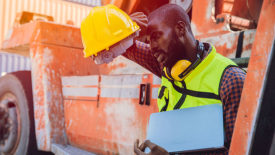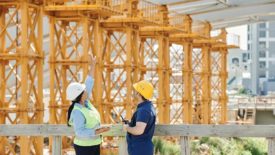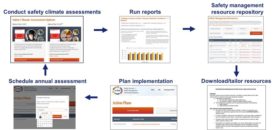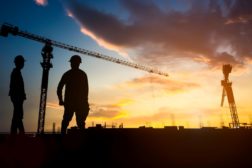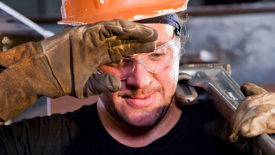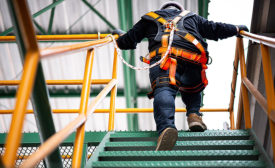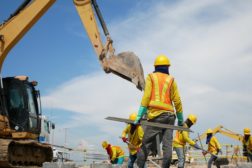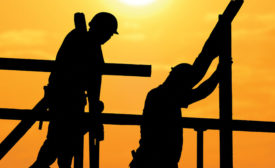Construction Industry Safety and Health
Understand your jobsite safety climate strengths & weaknesses
CPWR provides free online tools & resources for continuous improvement
October 3, 2022
Fall protection is OSHA's top safety violation for 12th year in a row
OSHA unveils Top Ten Safety Violations for FY 2022 at NSC Congress
September 21, 2022
Beyond the basics of heat protection
How to protect construction workers and create a specific action plan
July 28, 2022
Never miss the latest news and trends driving the safety industry
eNewsletter | Website | eMagazine
JOIN TODAYCopyright ©2024. All Rights Reserved BNP Media.
Design, CMS, Hosting & Web Development :: ePublishing
